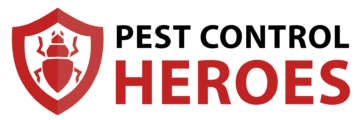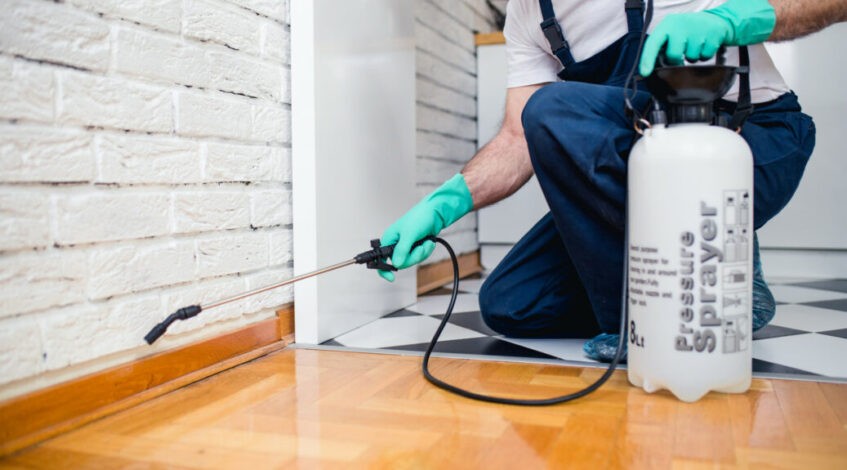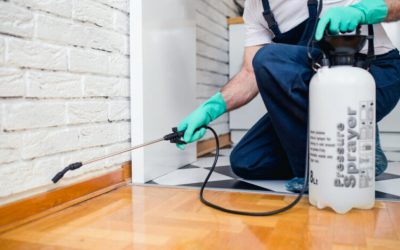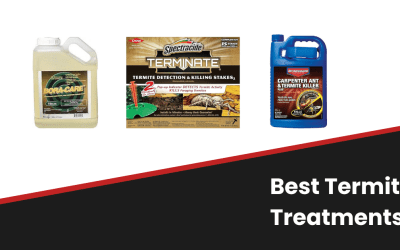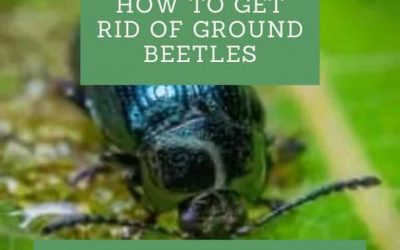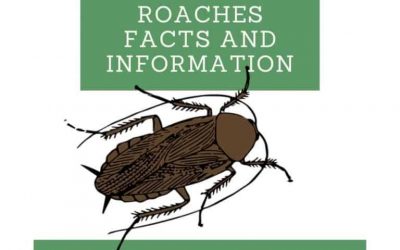What are Termites? Signs of Termites And Identification
Termites are among the most notorious home pests that plague homes not only in the United States but in the entire world. Historically, they have existed for over 250 million years – adjusting to most climates and surviving environmental changes. In fact, termites and termite infestation have been reported in every state of the United States except in Alaska. This tells us how widespread the problem is with this type of pest.
And would you believe…
Every year, Americans spend more than a whopping $5 billion not only for termite treatment but also for repairing the damage termites have caused (according to the National Pest Management Association or NPMA).
Archicentre Australia states that the average cost of termites to the Australian housing industry is almost $4 billion per year!
Termite damage is a pandemic issue faced by many home and property owners. Why is this?
- Aside from costing homeowners a lot, this type of home damage is not covered by most homeowners’ insurance policies.
- To understand how big an impact this problem has in the lives of American homeowners, termites are considered the top threat to wooden and wood-based structures, even preceding fire and natural calamities that bring flood and strong winds.
- Contrary to popular belief, termites are not only active during the Spring season but they continue to destroy structures in and around your homes all through the year.
- Termites in homes can remain undetected for years and when they are noticed, often homeowners already have to deal with extensive and costly damages.
Now that you understand why termites and termite damage should worry you, it is crucial to defend your home, your family, and your finances. And the key to your protection from termites is educating yourself on the basics – classification, the red flags and telltale signs of an invasion, preventative measures, termite treatment options and termite treatment costs.
Termite Identification
Also referred to as “white ants”, termites are often confused with ants. This common misconception had cost homeowners and commercial property owners a lot and learning how to tell the difference between these two pests can help those affected with infestation deal with the problem accordingly. Because of their sizes, they can easily be mistaken for each other from a distance. But if you look closely you’d notice that – termites have a pale or white color, straight and beaded antennas, and thick segmented bodies; while ants come in a shade of brown or black, and have bent antennas and obvious waists. These characteristics lead us to the fact that they are more closely related to nasty cockroaches.
Types of Termites
In the United States, there are 45 different species that are further categorized into three main termite types – dampwood, subterranean, and drywood termites.
- Dampwood Termites. This type belongs to the families Kalotermitidae and Hodotermitidae. As their name suggests, they only thrive in wood containing high levels of moisture. Because wooden structures livable to humans do contain as much moisture, they are rarely found in homes as well as other man-made wooden structures.
- Subterranean Termites. Belonging to the Rhinotermitidae family, species that fall under this category lives in the soil. What makes them a great problem for homeowners is that they are notorious for the nests that they build – being the largest that any insect in the U.S. can engineer. They create mud tubes connecting their nests to whatever food sources they can find nearby like trees, patios, decks, fences, and other wooden structures in and around houses. Pestering property owners in every U.S. state except Alaska, this main type is said to be the major cause of termite damage in American homes.
- Drywood Termites. Belonging to the Kalotermitidae family, this type of termites are often found in wood that have dried naturally such as dead trees, or have been treated to keep moisture off like seasoned timbers and hardwood floors. Some species can cause significant damage to houses but because drywood termite colonies are typically smaller than that of the subterranean type, the deterioration of an infested area happens at a slower rate.
How Do You Get Termites
For some termite species, a gap or crack that is 1/32 of an inch wide (which is twice narrower than the standard thickness of a piece of paper) is enough for an entrance into a limitless feast – which is your home. Termites feed on cellulose like wood, paper and cardboard and homes have a wealth of all the cellulose they want – this is the main reason why termites are attracted to houses.
Subterranean Termite Entry Points. Because this type thrives underground, they often enter homes below or at ground level. This makes wood-to-ground contact like porch steps, deck posts, supports, and doorframes a common entry point. Even holes in concrete blocks, brick and mortar, or foundation are used to travel through to foundations and other untreated wooden parts of the house. For cracks or gaps several feet from the ground, subterranean termites build mud tubes from the soil up to keep their soft bodies from dehydration until they get in contact with wood.
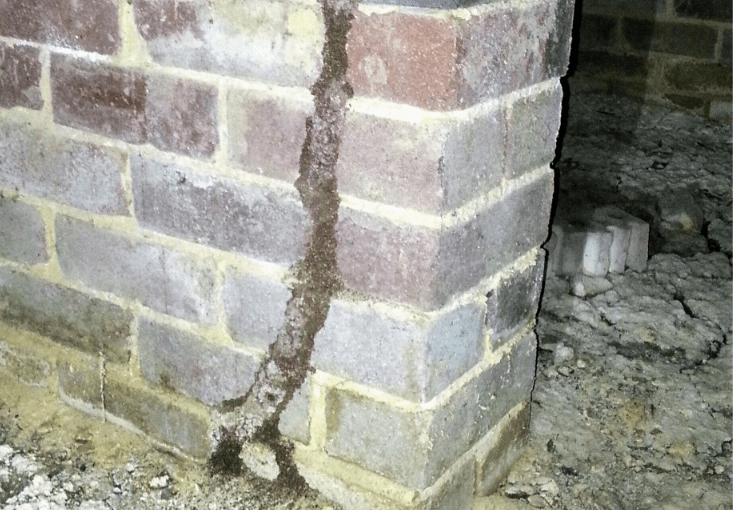
Termite mud tube. Source: Mr Flikem Pest Control Sydney
Drywood Termite Entry Points. Drywood termite infestations are commonly initiated by swarmers or alates that locate wood crevices where they’ll dig and seal themselves in a little nest to produce eggs and build a colony. If not detected, this colony can grow and cause serious damages to your home within a couple of years. Because this type of termites do not need to have contact with soil, the scope and reach of their damage is wider. Unlike the subterranean termites, their entry points are not limited to just several feet from the ground but cover the entire house from the foundation up. So to avoid the problem on how to get rid of drywood termites, it is best to have preventive measures at place which is the bigger challenge.
Signs that Termites are Feasting on Your House
Drywood termites are commonly found in warmer climates, while the subterranean type can thrive throughout the United States except in Alaska. During spring, swarms are often the most obvious sign of termite activity. However, contrary to popular belief that termites are only active during spring (due to sightings of flying termites or swarmers) these pests are actually busy throughout the year.
So how do you detect infestations to start getting rid of termites? Make sure to watch out for these signs:
- Frass: Drywood termites leave piles of wood-colored, pellet-like droppings where they have nested and eaten.
- Swarming or shed wings: As mentioned, groups of swarmers (the reproductive termites) that are out and about your home is the most common sign of infestation. These can easily be spotted because they are attracted to light and their presence indicates an active termite colony. After they have swarmed, winged termites shed their wings off that look like fish scales in small heaps.
- Earthen or mud tubes in crawl spaces, on wooden beams, or exterior walls several feet from the ground: Typically, these shelter tubes are 6mm in diameter (like that of a standard pencil) but can sometimes be thicker.
- Hollowed wood: To detect whether or not any wooden home structure or fixture has been infested, tap on it. The more damaged the wood is, the more hollow the sound it produces.
- Rippled surface or sunken areas on walls: The tunneling done by eating away on wood can leave traces of distortion on wood surfaces like uneven wall covering or bubbling paint.
Knowing how to get rid of termites will not only ensure the structural integrity of your home, but you’ll learn the first signs of an infestation and be capable of dealing with the situation before it becomes a bigger problem. Whether you choose to do it yourself or hire an exterminator to take care of the problem for you, it pays to know what the options available to you are.
